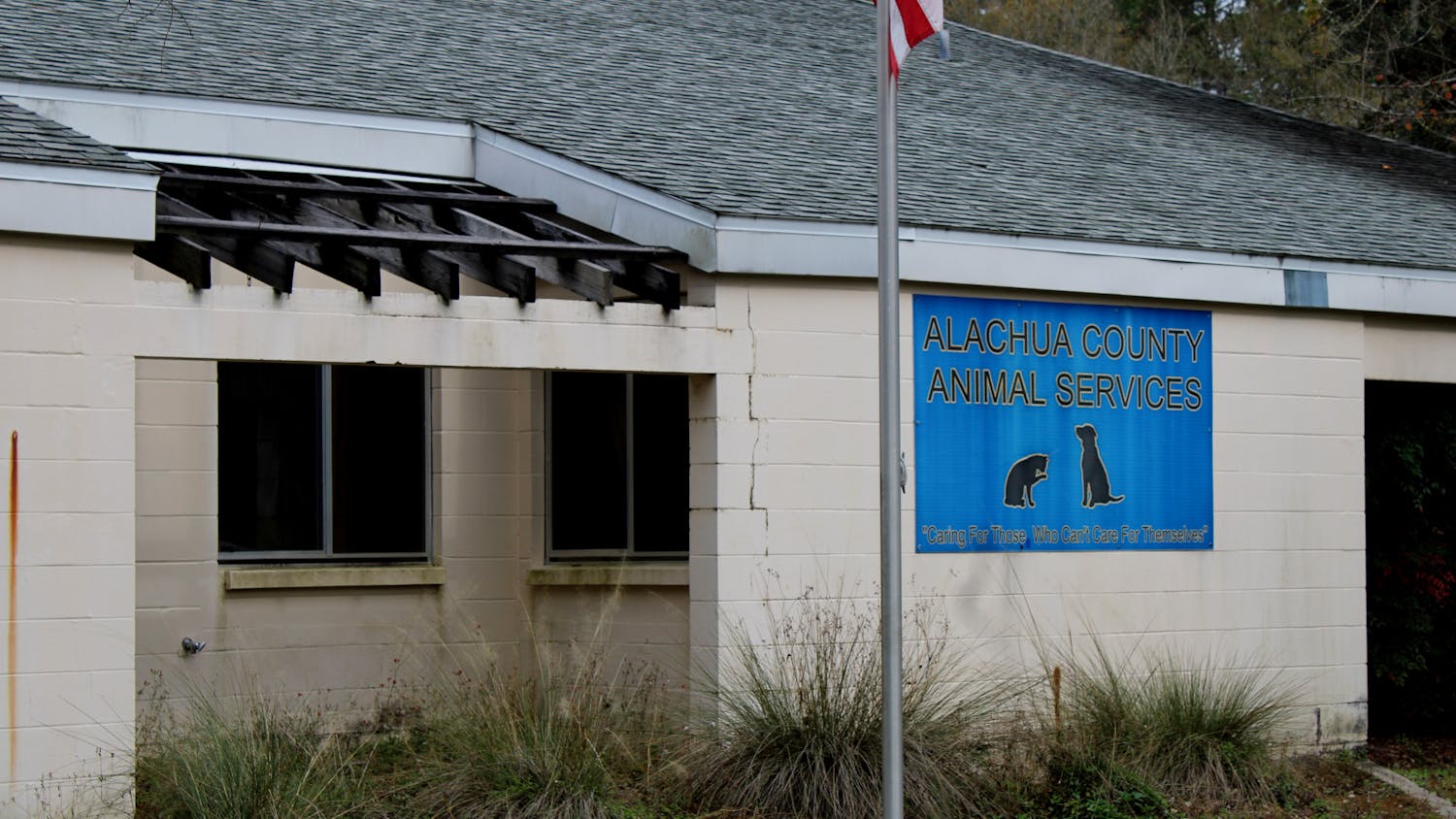Finding a new planet isn’t the kind of thing that’s traditionally on a scientist’s daily itinerary. In the realm of science, it’s like winning a Super Bowl, meeting the pope and finding an extra $10 in your jeans all wrapped into one.
Eric Ford and his team found six.
Ford, an associate professor of astronomy at UF, along with Althea Moorhead, a postdoctoral associate, and graduate student Robert Morehead, is part of the UF research team associated with a NASA mission that recently confirmed finding six planets orbiting the star Kepler-11.
“It was more like four eureka moments,” Ford said. “It was three planets, then four planets, then five planets, then finally six.”
Using a method called transit-timing, they were able to measure irregularities in light given off by the star, proving plants were orbiting around it.
Scientists and astronomers use the data collected from the Kepler spacecraft to interpret and find irregularities in light given off by the stars using its photometer, or light meter, to measure the brightness of stars.
Of the six planets, five are larger than Earth but smaller than Neptune, and one is about the size of Jupiter. The planets are located 2,000 light-years away from Earth.
That distance makes it more extraordinary, he explained, because it’s one of the farthest systems to have a potential for water on the surface.
Five of the planets have orbits around the star that could fit inside Mercury’s orbit. The shortest orbit was 10.3 days, he said. This also made the discovery faster to confirm, with only a little more than a year of data collected.
“We’re really looking forward to the next few years,” he said.
Ford has been involved since 2007 when he was chosen along with nine other scientists to work with the project. Though the project had been in the works since the 1980s, the Kepler spacecraft left Earth in March 2009.
Since then, the Kepler spacecraft has identified 1,235 potential planets, 15 of which have been confirmed, according to Ford.
The mission costs $600 million, including the spacecraft, and about $360,000 is given to UF, Ford said. The mission is supposed to last a little more than three years.
But Ford said there is enough space between the fifth planet and the outer-lying sixth planet for more planets to fit.
“We still might find another one,” he said.





